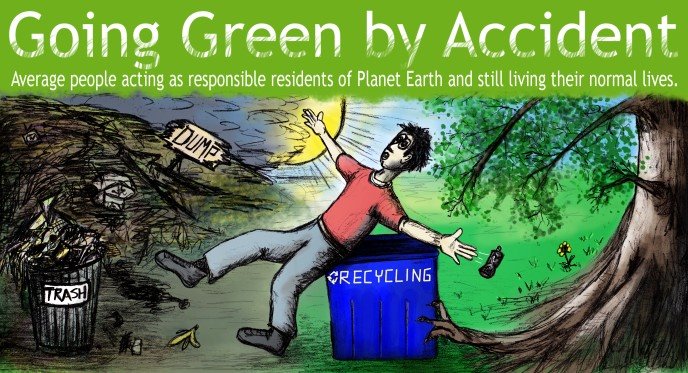 Two examples of this from The Great American Green Road Trip were hotels and baseball stadiums.
Two examples of this from The Great American Green Road Trip were hotels and baseball stadiums.
There is still plenty of waste in the hotel industry, mini shampoo bottles and tiny bars of soap to name just two, but there were signs of responsible living. At most of the hotels, the lighting in the room was either fluorescent or compact fluorescent lights or a combination of the two. This increases energy efficiency, reduces waste and saves money. At a number of the hotels, there were signs encouraging guests to use towels more than one day. The hotels had placards describing how much water is used washing towels and they described how to inform their maid staff of a guests desire to use the towels more than once.

Major League Baseball was another example of capitalism encouraging people to live responsibly. Every baseball park we visited on this trip had recycling containers for plastic, glass, and aluminum. The containers were highly visible and numerous. Some of the parks went beyond the recycling bins. Whether it was solar powered sign boards, re-usable shopping bag give-aways, highlighting hybrid cars in fan drawings or serving some food in reusable containers, MLB was showing it's green side. Of course, baseball, like the rest of us has many areas that they can improve to live more responsibly, but they are taking steps in the right direction and we need to applaud that.




















































